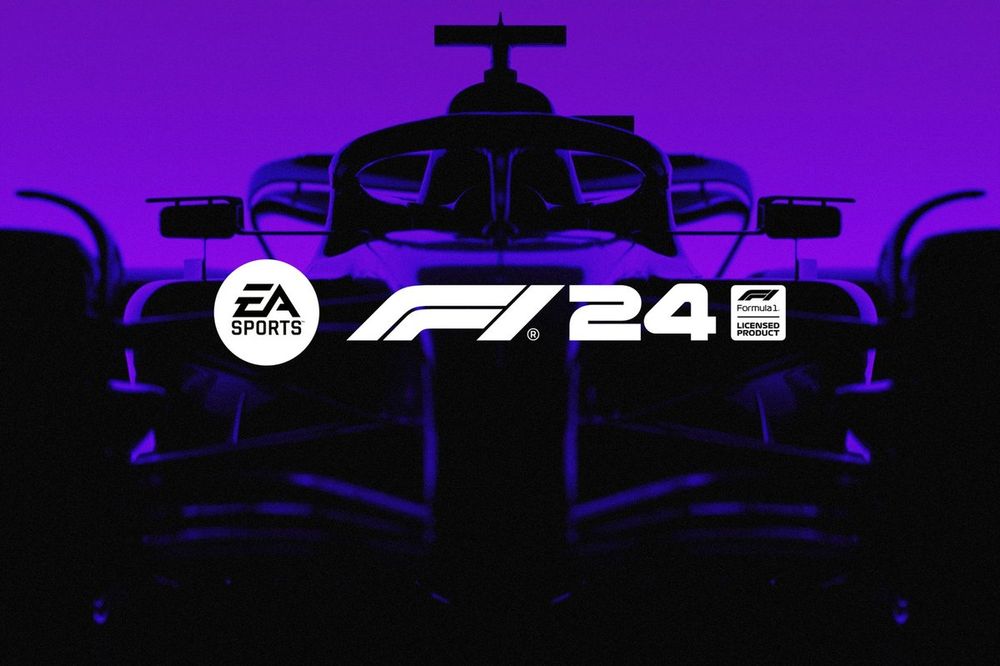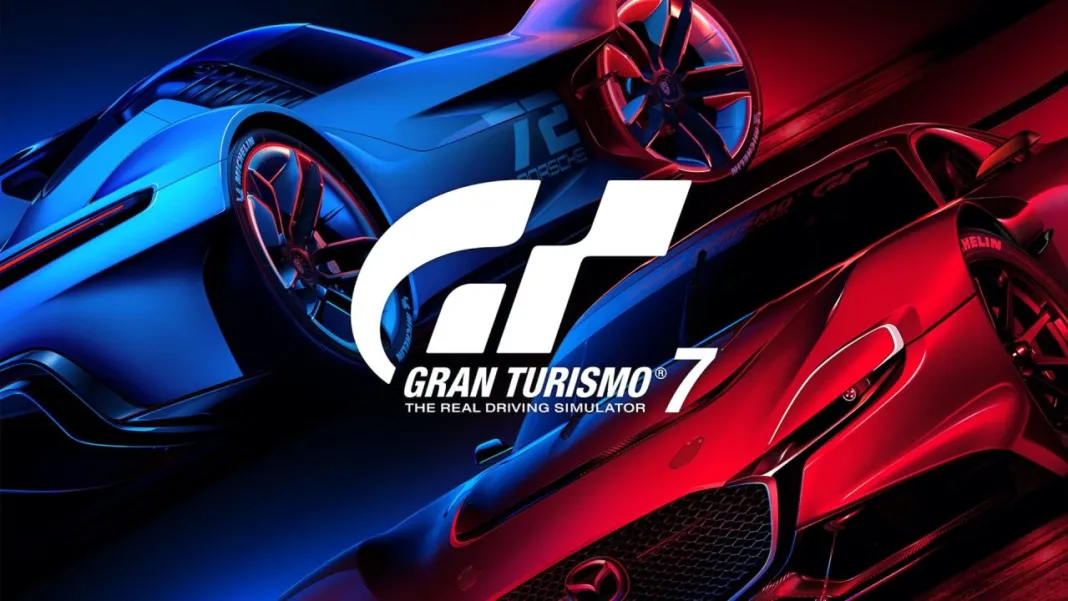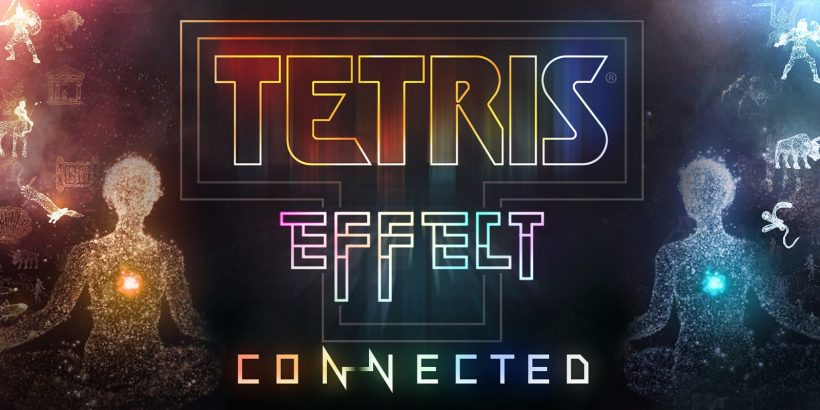Feel the rumble of the engine, the blur of the scenery, and the surge of adrenaline as you navigate a hairpin turn at impossible speed. Racing video games capture the universal allure of speed and competition, putting you in the driver’s seat of everything from futuristic hovercrafts to meticulously recreated supercars, all vying for that coveted first-place finish.
More than just a drive, racing games are a test of precision, timing, and strategic maneuvering. Whether you’re mastering the intricate physics of a simulation, unleashing power-ups in an arcade frenzy, or exploring vast open roads, this genre delivers an immediate, visceral excitement. It’s about outmaneuvering opponents, perfecting your line, and experiencing the sheer exhilaration of velocity.
This guide will rev up your understanding of what makes racing games so compelling, trace their incredible journey from simplistic circuits to photorealistic tracks, and spotlight the iconic titles that have dominated virtual leaderboards for decades. Get ready to shift into high gear!
The Need for Speed: What Defines Racing Games?
Racing games are defined by their core objective: competitive driving. While approaches vary, key characteristics include:
- Competitive Driving: The primary goal is to outpace rivals, beat a clock, or achieve victory on a designated track or course. This can be against AI, other players, or even your own best time.
- Vehicle Variety & Customization: From real-world licensed cars, motorcycles, and trucks to fantastical vehicles and futuristic crafts, a diverse roster of vehicles is often central. Many games also allow for deep customization and performance upgrades.
- Track Design: Diverse environments, ranging from meticulously recreated real-world circuits and winding rally courses to imaginative street layouts and sprawling open-world maps.
- Physics Models: This is where the genre often splits:
- Arcade Physics: Prioritizes fun and accessibility with simplified, forgiving handling, allowing for drifts, stunts, and boosts without complex real-world consequences.
- Simulation Physics: Strives for extreme realism, replicating true-to-life handling, weight transfer, tire grip, and environmental impacts, demanding precision and a deep understanding of driving dynamics.
- Skill-Based Gameplay: Success hinges on precise steering, expert braking, intelligent acceleration, optimal cornering lines, and often strategic use of boosts or special abilities.
- Diverse Modes: Beyond single races, games often feature full career modes, championship seasons, time trials, online multiplayer leagues, and custom race creation.
From Pixels to Photorealistic Tracks: The Evolution of Racing Games
The history of racing games is a high-speed dash through technological innovation, constantly pushing the boundaries of realism and excitement:
- Arcade Origins (1970s – 1980s): Early pioneers like Pole Position (1982) and Out Run (1986) captivated arcade-goers with their colorful sprites, simulated 3D perspectives, and visceral sense of speed. These games prioritized immediate fun and high scores.
- The Console Race & Simulation Emergence (1990s): The arrival of powerful home consoles opened new avenues. Gran Turismo (1997) on PlayStation revolutionized the genre, offering unparalleled graphical realism, deep car rosters, and simulation-level driving physics, establishing a new benchmark. Simultaneously, Need for Speed (1994) offered high-stakes street racing and police chases, defining the arcade racer subgenre.
- Online Dominance & Open Worlds (2000s – Present): The internet transformed racing. Online multiplayer became a core component, fostering competitive communities. The Forza series (2005) emerged as a major competitor to Gran Turismo with its blend of simulation depth and accessibility. The Forza Horizon series (2012) then revolutionized the genre again by combining open-world exploration with diverse racing events, creating a vibrant festival atmosphere. Modern games continue to push photorealism, environmental detail, and detailed vehicle customization, blurring the lines between game and reality.
Categories of Velocity: Key Racing Game Subgenres
The racing genre offers a diverse range of experiences, catering to every driving style:
- Arcade Racers: Prioritize fun, accessibility, and high-speed action over strict realism. Often feature boosts, power-ups, and simplified physics (e.g., Need for Speed series, Burnout Paradise Remastered, Asphalt 9: Legends).
- Simulation Racers: Strive for extreme realism in physics, handling, damage, and track accuracy, often requiring steering wheel peripherals for optimal play (e.g., Gran Turismo series, Forza Motorsport series, F1 series, Assetto Corsa).
- Open-World Racers: Combine structured racing events with the freedom to explore vast, dynamic environments, often with various side activities and challenges (e.g., Forza Horizon series, The Crew Motorfest).
- Kart Racers: Whimsical, character-based racers known for their charming visuals, unique power-ups, and often chaotic multiplayer fun (e.g., Mario Kart series, Crash Team Racing Nitro-Fueled).
- Off-Road / Rally Racers: Focus on driving challenging vehicles across varied, often unforgiving terrain like dirt, gravel, snow, or mud, often with complex physics and environment interaction (e.g., Dirt Rally series, WRC series).
- Motorcycle / Bike Racers: Specific to two-wheeled vehicles, offering a distinct sense of speed, leaning mechanics, and different track challenges (e.g., MotoGP series, Ride series).
- Combat Racers: Blend racing with vehicular combat, where players use weapons or aggressive maneuvers to disable opponents (e.g., Twisted Metal, Vigilante 8).
Champions of the Track: Must-Play Racing Games
These iconic titles represent the pinnacle of the racing genre, renowned for their exhilarating gameplay and lasting influence:
- Mario Kart 8 Deluxe (2017): The ultimate kart racer, offering unparalleled fun, chaotic multiplayer, and brilliant track design that appeals to players of all ages and skill levels.
- Gran Turismo 7 (2022): A stunningly realistic racing simulation that combines breathtaking visuals, a vast collection of cars, deep customization, and a comprehensive single-player campaign.
- Forza Horizon 5 (2021): The gold standard for open-world racing, offering immense freedom, diverse events, a vibrant festival atmosphere, and incredible visuals set in Mexico.
- Need for Speed: Hot Pursuit Remastered (2020): A thrilling arcade racer that perfectly captures the essence of high-speed chases, exhilarating escapes, and a classic cops-vs-racers dynamic.
- F1 2024 (or recent iteration): The definitive Formula 1 racing simulation, offering highly realistic car handling, meticulous track recreations, and the strategic depth of modern F1 racing.
- Dirt Rally 2.0 (2019): A hardcore, challenging rally simulation that demands precision and mastery to navigate unforgiving stages with incredible car physics.
- Burnout Paradise Remastered (2018): A joyous open-world arcade racer that prioritizes destructive crashes, high-speed stunts, and pure vehicular mayhem over realism.
- Asphalt 9: Legends (2018): A visually spectacular mobile arcade racer known for its fast-paced action, incredible stunts, and accessible “tap to drift” controls, perfect for on-the-go thrills.

Under the Radar Rides: Underrated Racing Gems
Don’t let these fantastic titles zoom past; they offer unique and rewarding racing experiences:
- Wreckfest (2018): A demolition derby racer that focuses on realistic soft-body damage physics, providing incredibly satisfying crashes and chaotic races.
- Art of Rally (2020): A stylish indie rally game with a minimalist aesthetic, surprisingly deep handling, and a focus on mastering challenging stages with a Zen-like flow.
- Rush Hour (2021): A unique racing puzzle game where players must control traffic lights and switches to guide trains safely through complex rail networks, a different kind of “racing against time.”
- Hot Wheels Unleashed (2021): Captures the fun and creativity of Hot Wheels, offering vibrant tracks made of toy pieces, imaginative environments, and satisfying arcade racing.
- Distance (2015): A futuristic survival racing game that blends intense speed, parkour, and environmental hazards with a unique, atmospheric sci-fi setting.
Why We Chase the Finish Line: The Enduring Appeal of Racing Games
The magnetic pull of racing games lies in their ability to provide:
- The Thrill of Velocity: The immediate, exhilarating feeling of going fast and pushing limits.
- Competitive Drive: Satisfying our innate desire to win, to be the best, and to outmaneuver opponents.
- Skill Mastery: The rewarding process of learning tracks, perfecting racing lines, and mastering complex vehicle handling.
- Vehicle Passion: An opportunity to experience dream cars, customize them, and appreciate automotive design and performance in a virtual space.
- Escapism & Immersion: Transporting players to thrilling tracks, diverse landscapes, and high-stakes competitions they might never experience in real life.
Conclusion: Get Ready to Race!
Racing video games are a dynamic celebration of speed, skill, and the competitive spirit. They continually evolve, pushing the boundaries of realism and excitement, ensuring that the passion for driving finds a thrilling, interactive home in the digital world.
What’s the one racing game that always gets your adrenaline pumping? Which track or vehicle have you completely mastered?
Now that you’ve explored the high-octane world of racing video games, we’d love to hear about your triumphs on the asphalt and beyond! Head over to our Review Page to share your personal reviews of your favorite racing titles, discuss your most memorable photo finishes, or simply tell us what makes you hit the digital track!




Leave a Reply